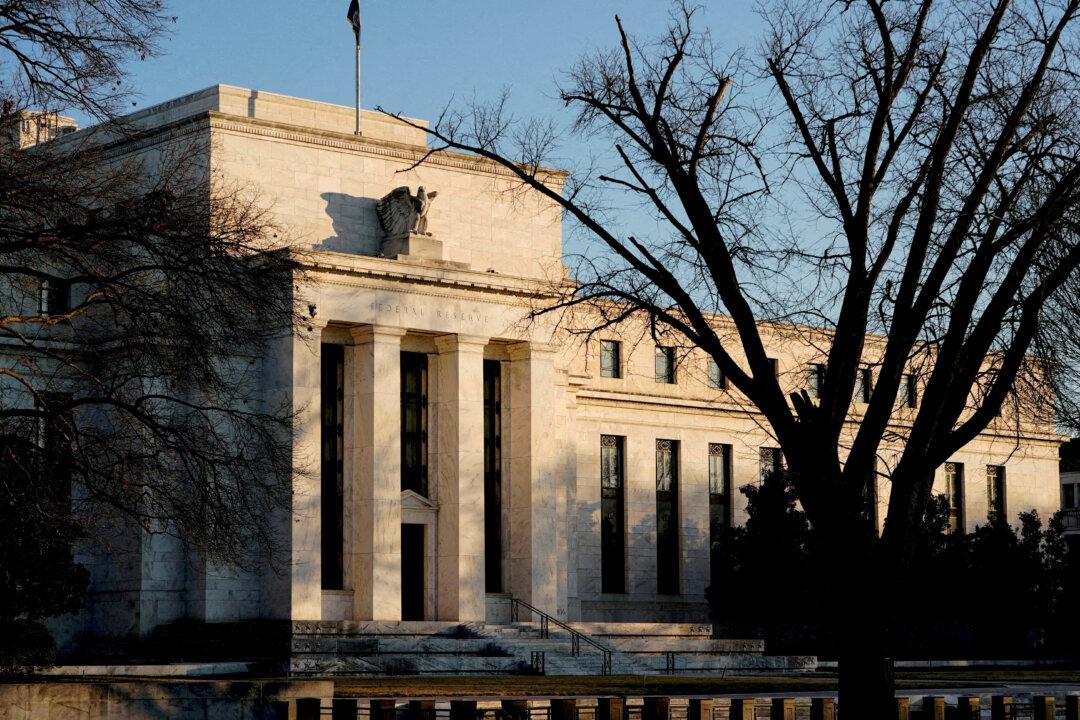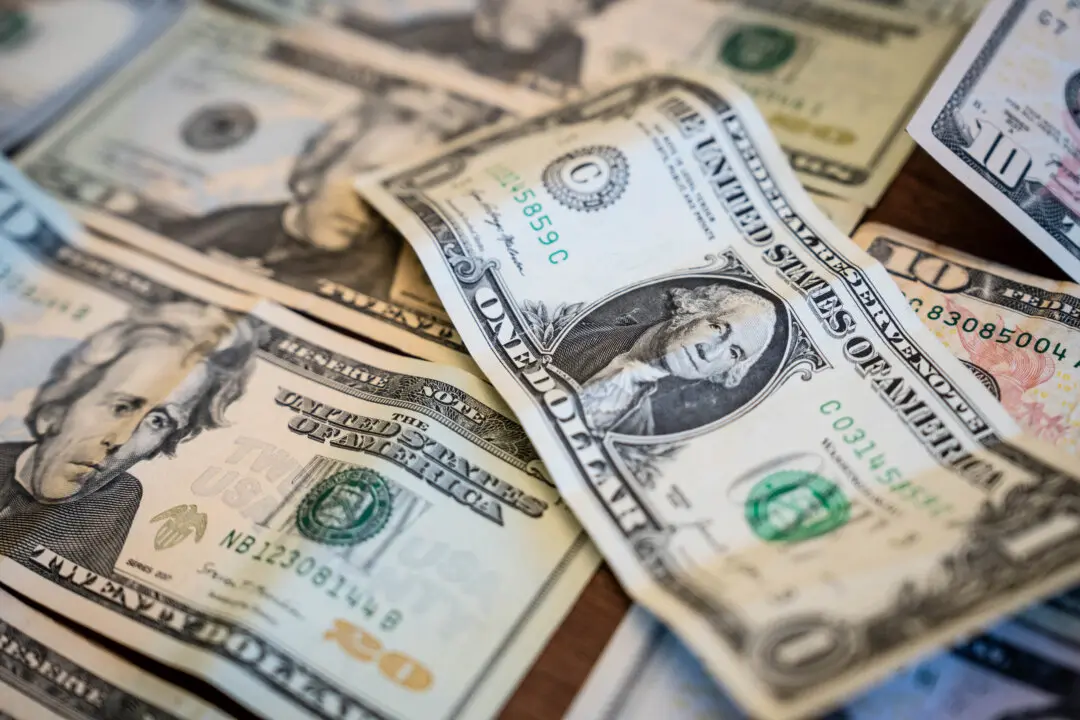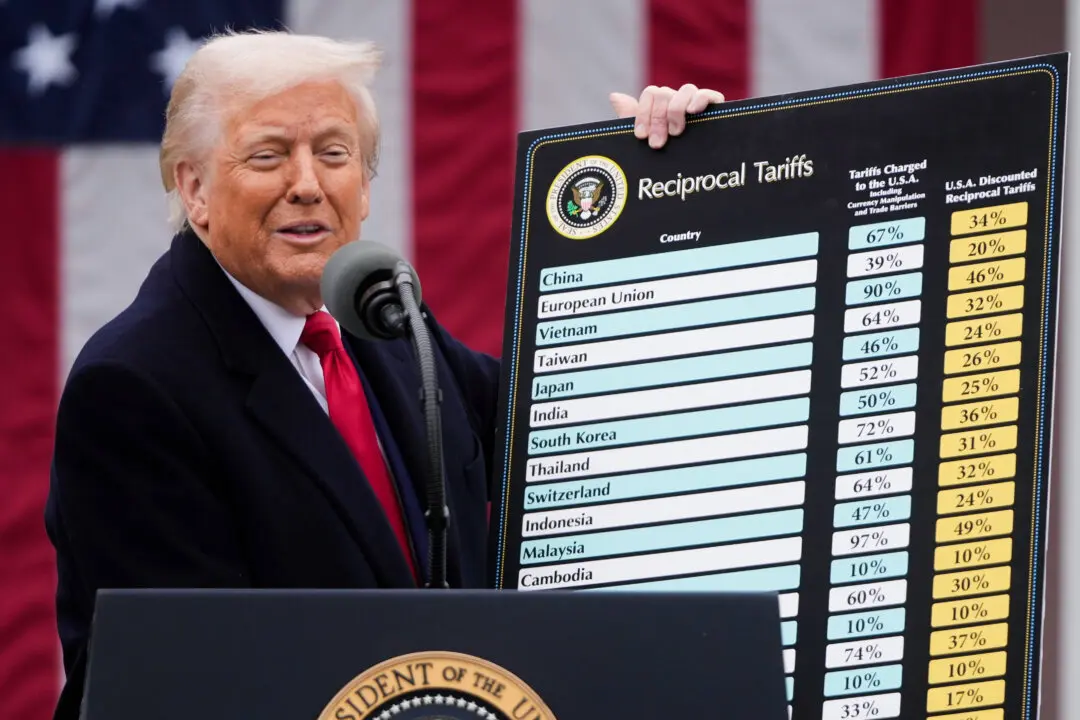After a disappointing May retail sales report on June 18 and renewed progress on inflation, Federal Reserve Governor Adriana Kugler is optimistic that an interest rate cut later this year would be appropriate.
Although inflation continues to run above the central bank’s 2 percent target, Ms. Kugler noted that recent data and broader economic conditions “are moving in the right direction” for the institution to pivot on monetary policy.





